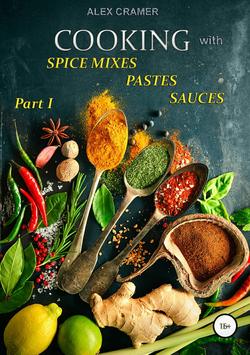Читать книгу Cooking with spice mixes, pastes and sauces - Alex Cramer - Страница 27
ОглавлениеBAY LEAF
This particular spice gives a unique aroma (sweet, tart, balsamic, with notes of nutmeg) to many broths, soups and sauces, especially tomato ones. Bay leaf contains a balanced flavour of bitterness that is admired by many chefs. Each dish requires individual dosage of this spice, but without doubt it should always be added moderately. Bay leaf is very similar to allspice as both of the spices require a long time to give their flavor. This is why bay leaf is better to be added in a very beginning of cooking process. Marinated vegetables, fruits and mushrooms are hard to imagine without this aromatic leaf. This spice is added to some spice blends, however, it brought the greatest fame to a bouquet of garnish. On the top photo – Turkish bay leaf, on the bottom – Californian.
Bay leaf pairing:
Fruits and vegetables: artichoke, cabbage (including cauliflower), potatoes, strawberries, corn, carrots, cucumbers, tomato, beets, pumpkin, citrus, apple.
Protein product: lamb, beef and veal, wild game (including venison, feathered game: quail, partridge), legumes (peas, beans, rice, lentils), sausages, seafood (especially crab, oysters, shrimp), poultry (chicken, duck, turkey), fish (especially salmon, tuna), pork, cheese.
Other foods: mushrooms, desserts, custard, juice (lemon), soups and broths, tomato sauces, stews, vinegar.
Seasonings and spices: basil, vanilla, cloves, onion, marjoram, oregano, paprika, allspice, black pepper, chili, parsley, rosemary, celery, thyme, fennel, savory, garlic, sage.
Cuisines and dishes: Moroccan cuisine, mole sauces, polenta, Mediterranean cuisine, Turkish cuisine, French cuisine.
